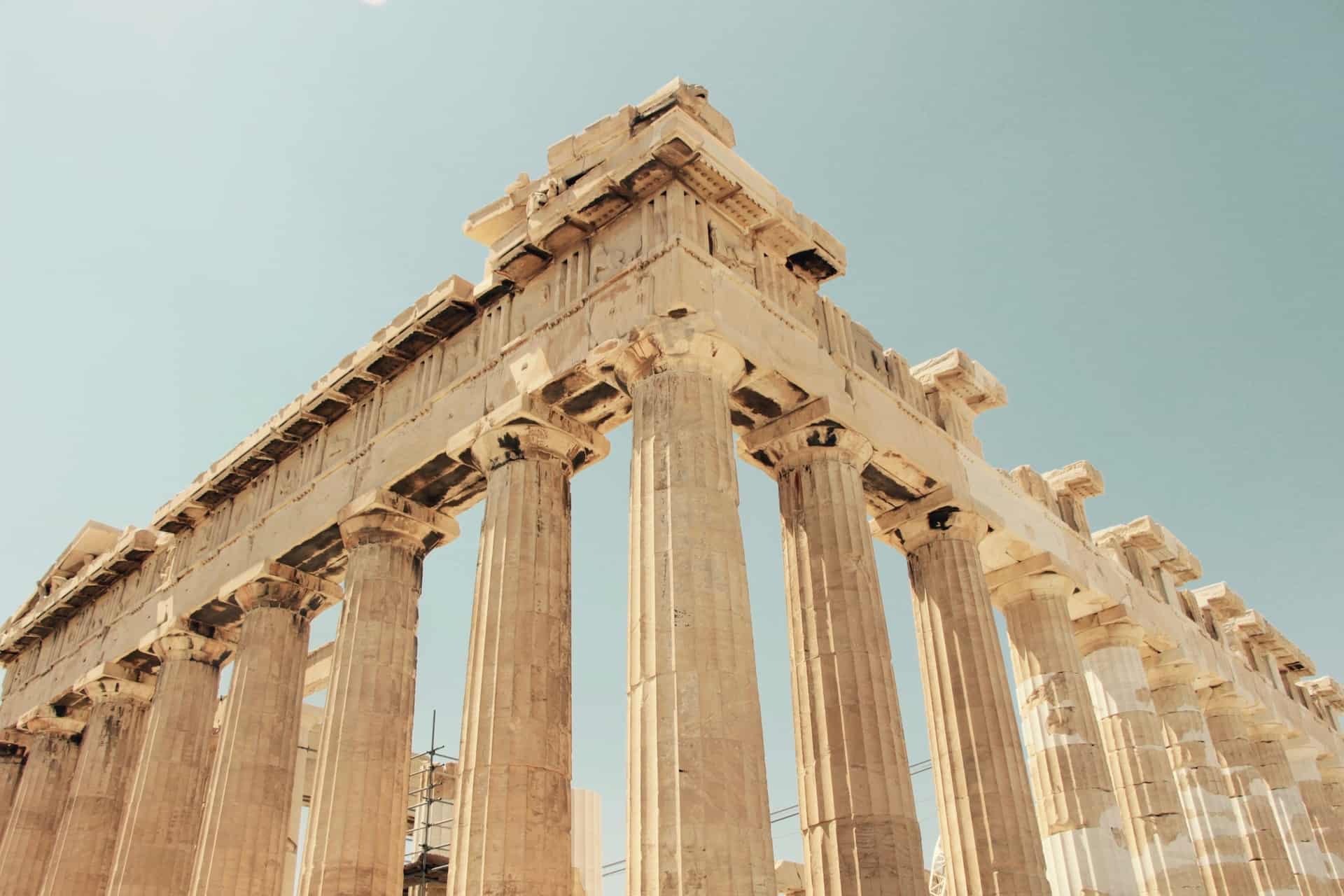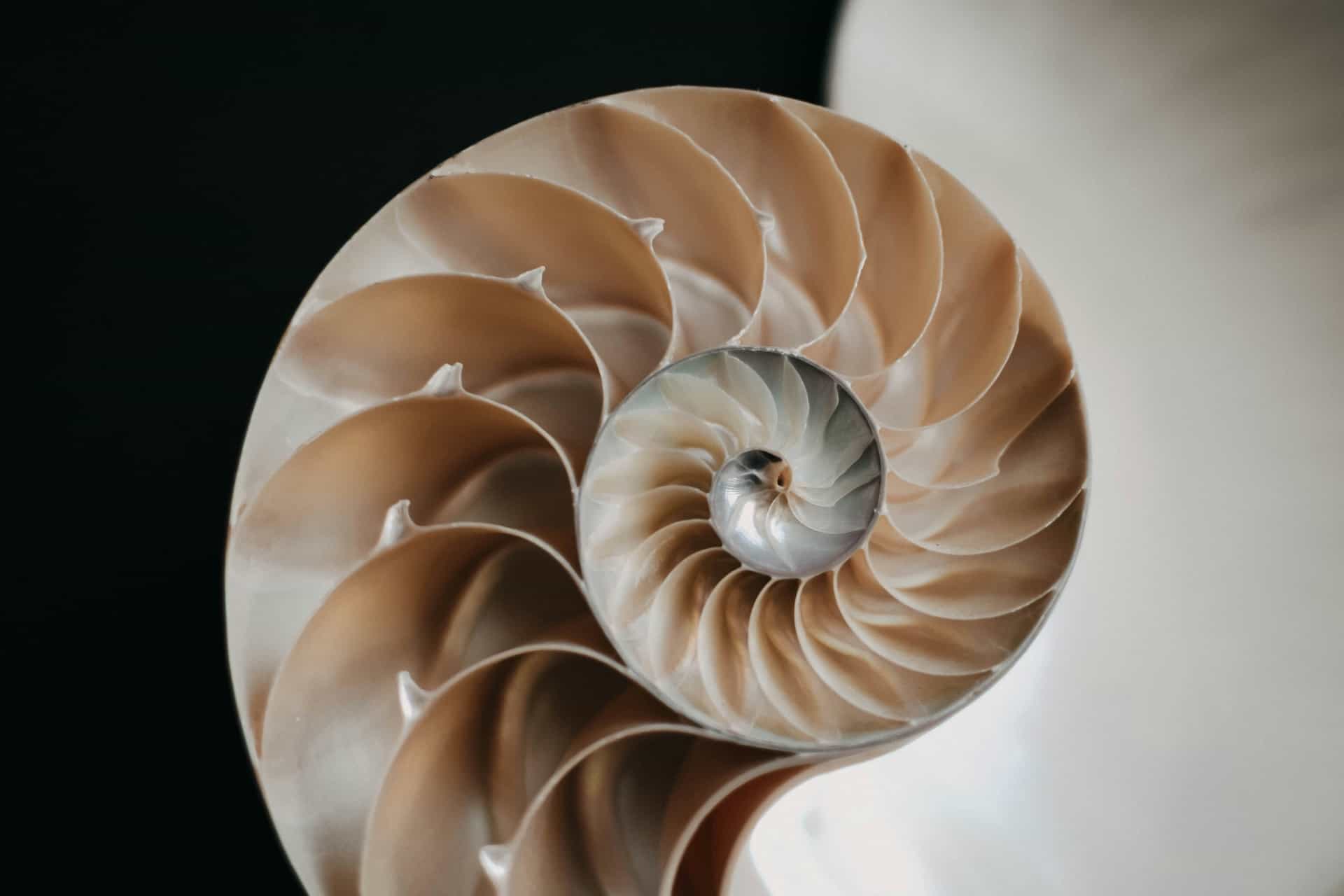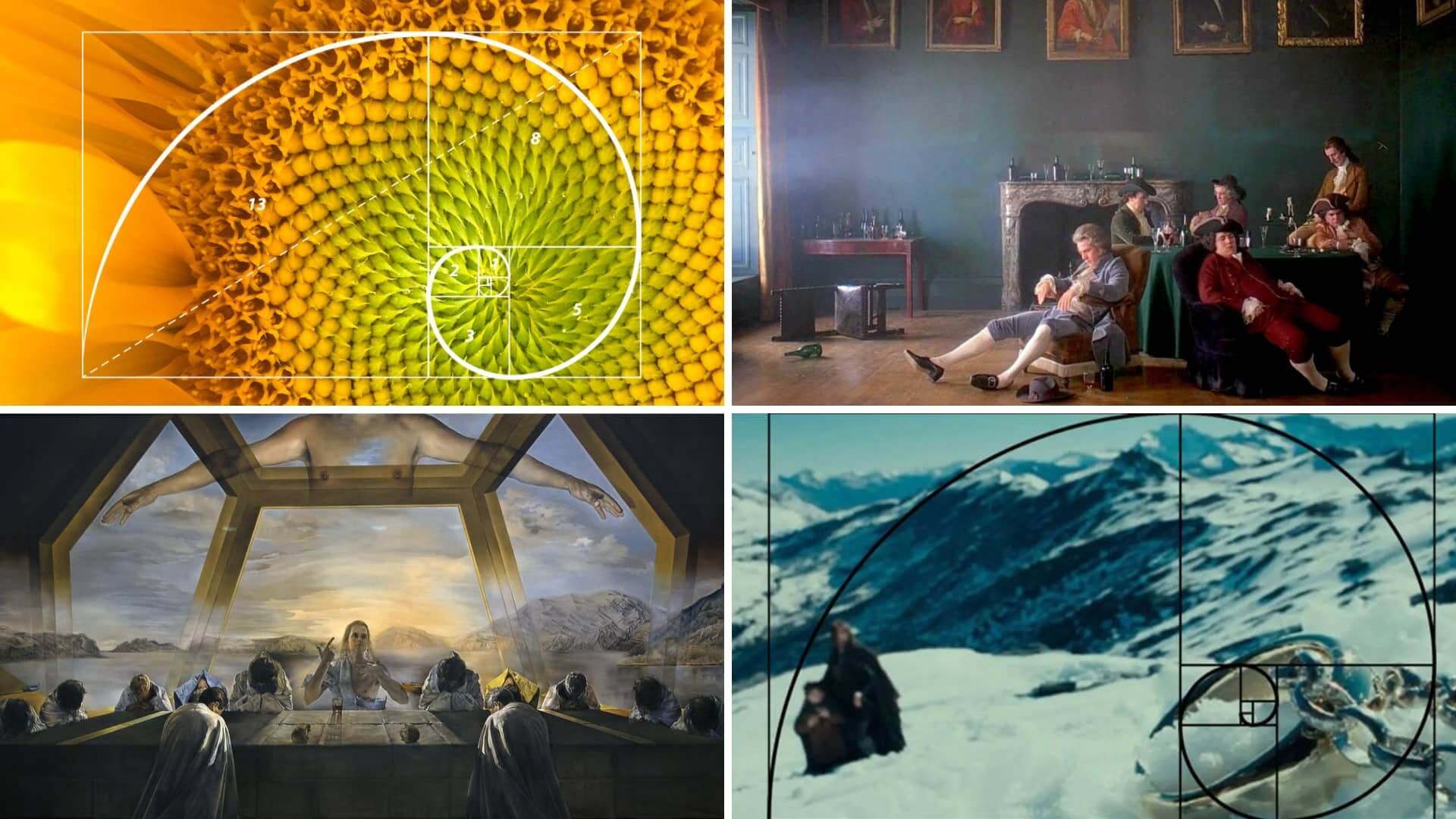As a mathematical and artistic principle of mythical scale, the Golden Ratio is often misunderstood and mislabeled. DNA helixes, Renaissance art works, ancient architectural designs, and even fruits have all been observed as taking on the golden ratio. So what is the Golden Ratio exactly? When was it discovered and what is its influence on art and design? Let’s dive in.
What is the Golden Ratio in Math and Art?
First, let’s define Golden Ratio
Before taking a look at the history of the Golden Ratio and examples of it in nature and design, we must first take a look at the Golden Ratio definition to properly understand what it is mathematically.
GOLDEN RATIO DEFINITION
What is the Golden Ratio?
The Golden Ratio is a principle in mathematics used to express the ratio of a line segment divided into two segments of different lengths whereby the ratio of the complete segment to the longer segment is equal to that of the ratio of the longer segment to the shorter segment.
Also called the Divine Proportion or Golden Section, the ratio is mathematically used to express (1 + √5)/2, often denoted by the Greek letter ϕ or τ and verbally as ‘phi’. Numerically, the irrational number is approximately equal to 1.618.
The Divine Proportion can be found in mathematics, nature, architecture, and art throughout history.
Famous artists who have used the Golden Ratio:
- Michelangelo
- Leonardo Da Vinci
- Georges Seurat
- Sandro Botticelli
Divine Proportion in Art
Golden Ratio History
The Golden Ratio has technically existed in nature and mathematics for all of time. But when it was discovered and by whom specifically is unknown. Its discovery can be traced back to multiple instances as far back as Ancient Greece. Since then, it has been discovered and rediscovered in principles of mathematics, architecture, nature, and art
Thus is the reason for its many names such as the “Extreme Ratio” used by Greek mathematician Euclid of Alexandria in his mathematical textbook Elements (300 BC). In the 15th century, Renaissance artist Leonardo Da Vinci illustrated what Italian mathematician Luca Pacioli further referred to as the golden proportion in his book De Divina Proportione.
Some say the oldest use of the Divine Proportion can be found in the construction of the Great Pyramids. Phidias (500 BC – 432 BC), a sculptor who was one of the designers of the Parthenon, is said to have used the Divine Ratio within the Doric-style temple.

Parthenon • Golden Ratio examples
A term often correlated with the ratio is the Fibonacci Sequence. The Fibonacci Sequence, named after Leonardo Fibonacci, was demonstrated in his mathematical text book Liber Abaci. In that text, Fibonacci introduced the concepts of the Arabic decimal system, a much more efficient mathematical system over the commonly used Roman numerals.
The Fibonacci sequence was a sequence of numbers that trended toward the Golden Ratio 1.618… Check out this video produced by PBS to learn more on how the Fibonacci sequence was demonstrated and its relevance to the Divine Ratio.
The Golden Ratio History • Is It Myth or Math?
While the Fibonacci sequence undoubtedly had relevance to the evolution in understanding of the Golden Ratio, it was not until the 1600s that mathematicians such as Johannes Kepler and others made the connection.
Related Posts
What is the Golden Ratio in Nature and Design?
Golden Ratio examples
Now that we’ve laid down the history of the Divine Proportion and its definition, what is the ratio used for in design? Many describe the ratio as the most pleasing proportions to the human eye. Thus, it is incorporated into much of man-made design such as architecture and art, but it can also be found in the natural world.
To understand this, let’s look at a few examples.
Nature
One of the most famous examples of the Divine Proportion is in spirals found in nature. While some are exact examples of the Golden Ratio, but rather approximations, there are occurrences of the exact Divine Proportion in spirals found in pinecones, pineapples, seashells, roses, succulents, and more.

Golden Ratio examples • Pinecone
Architecture
Since we already talked about the Parthenon, what is the Golden Ratio used for in more modern architectural design? Let’s take a look.
The design of the The United Nations Secretariat Building in New York City was designed with the ratio in mind. Starting with the bottom larger sections, you can find the ratio. Looking more closely at the shape of the windows, you can also find the ratio.

Golden Ratio composition • Secretariat Building in New York City
Art
Finally, the Divine Proportion can be found in artworks from the Renaissance to modern art. You may have seen the ratio in modern art examples. However, many are approximations rather than precise uses of the Golden Ratio as exactly 1.618…
Perhaps the most exact and intentional use of it among prominent artists is by Salvador Dalí in his 1955 painting The Sacrament of the Last Supper. Dalí used the Divine Proportion in two ways within the painting.
First, the dimensions of the painting itself are a Golden Ratio. Furthermore, the dodecahedron within the background of the painting measured from its edges correspond with the Golden Ratio.

The Sacrament of the Last Supper (1955) • Golden Ratio art
The Golden Ratio has taken on a bit of a mythical force as many have claimed to find it across mathematics, science, and art. However, you cannot help but wonder if the idea of it as the most pleasing proportions to the human eye has led to approximations of the ratio in what we see to pass as the Golden Ratio.
It is true that the ratio can be found in science, nature, art, and design across the board. That being said, not all claims of the Golden Ratio are indeed accurate. Hopefully this article has given you enough context to understand what is and what is not. And how, despite being used in approximations, has led to an influence in design throughout history.
Up Next
Rules of Composition Within the Frame
If your curiosity in the Golden Ratio derives from a love for photography or cinematography, you may want to check out our next article. We dive deep into the rules and principles of composition as it pertains to camerawork and how to tell better stories within a single shot.
Up Next: Composition Rules →
Share your vision with elegant shot lists and storyboards.
Create robust and customizable shot lists. Upload images to make storyboards and slideshows.
